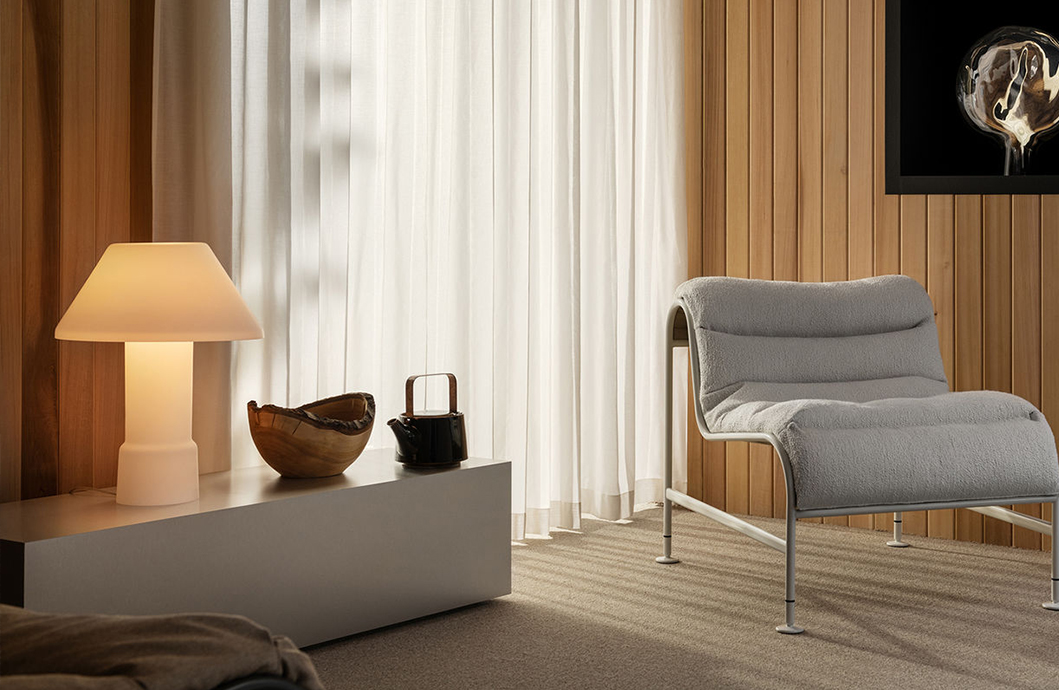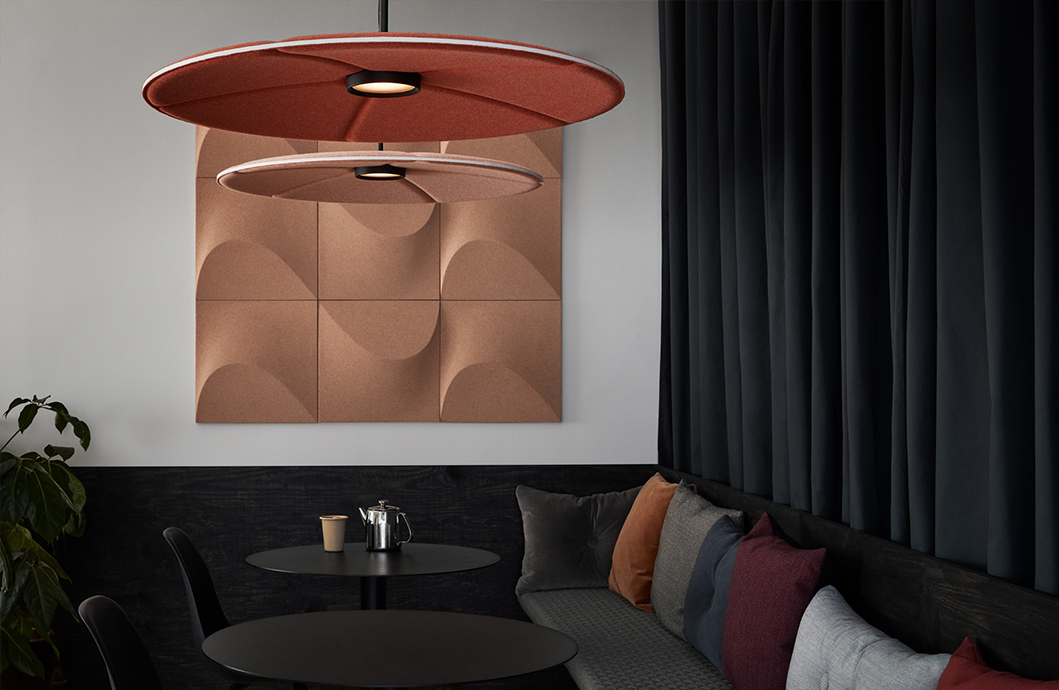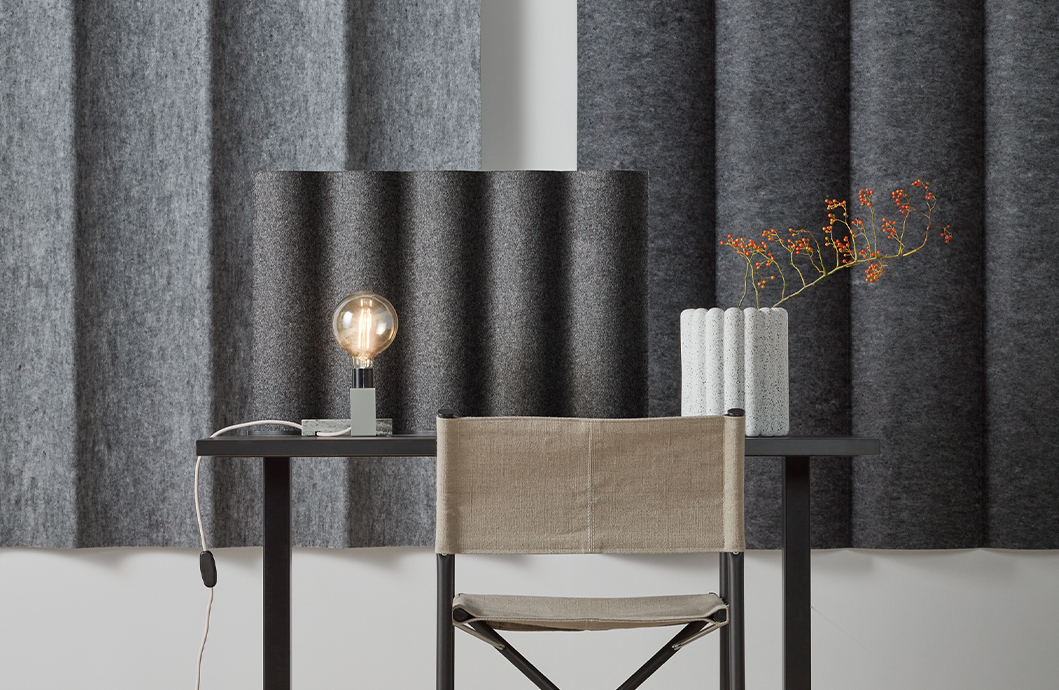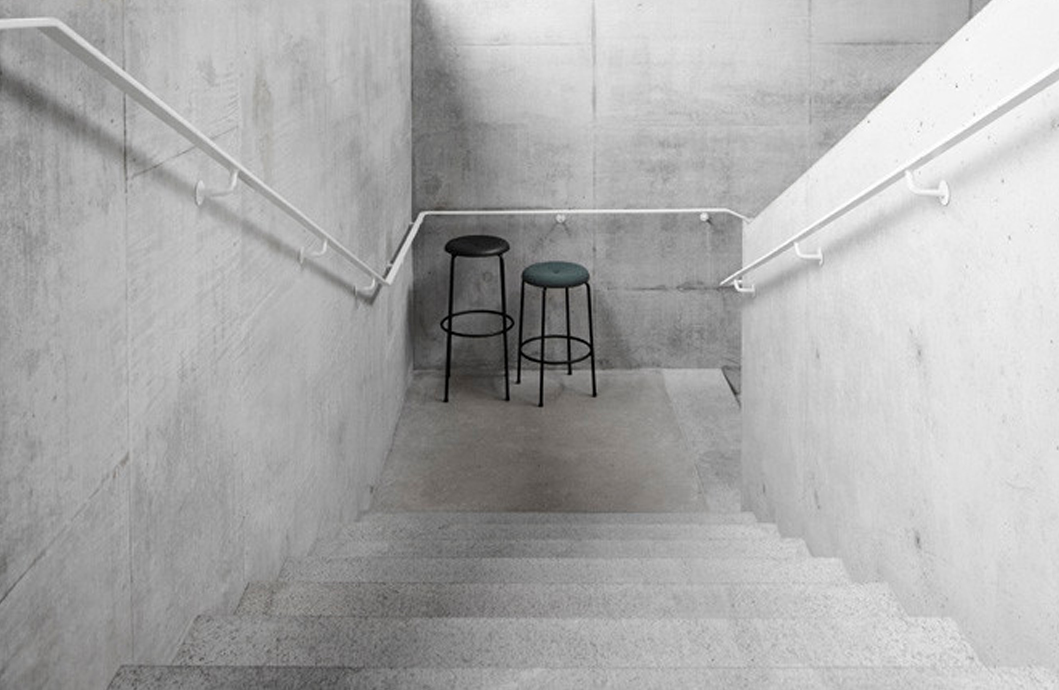Many modern homes feature open plan layouts and stripped floors and walls. Whilst perhaps being easy on the eye, it is not a combination that is particularly easy on the ears. Sound waves bounce off hard surfaces. This extends reverberation times and creates an echo.
Consequently, when you furnish a home you need to think about what you have to do to create a pleasant acoustic environment with zero echo. This does not need to cost an arm and a leg. We have put together a few tips for how you can easily improve the acoustics in your home.

Tip no. 1: Put an adequate amount of furniture in the space
Sound waves need to be broken up (diffused), and the best way of doing this is by using objects that are not soft. Your coffee table, pedestals with plants, anything that has a hard surface in the room actually helps improve the acoustics as it breaks up the sound waves. Therefore, it is important to “fill” the space with enough furniture to create sound wave break points. In other words, the room should not be too empty.

Tip no. 2: Absorb sound using soft materials
Sound waves bounce against hard surfaces such as windows, walls, ceilings, and floors. Use heavy duty rugs/carpets on the floor and hang curtains. The thicker the material, the better the sound absorption. A sofa or bed usually works well as a sound absorbing element in the centre of a room.
Ceilings are usually more difficult to improve from an acoustics perspective. However, Abstracta’s popular sound absorbing Lily lamp stops sound waves from bouncing onto a ceiling, making it perfect to use as a sound absorber.

Tip no. 3: Use walls smart – think angles!
You can create a good acoustic environment by placing tall, sound absorbing elements, such as bookshelves, against a wall that is at right angles to the wall where the nearest sound absorbing element is located, e.g. a thick curtain or a suspended sound absorber. Talking about bookshelves, fill them with books instead of ornaments. Books in large numbers work wonderfully well as sound absorbers.

Tip no. 4: Home office
If you can, put your home office in a separate room. Generally speaking, doing this will enable you to be more focused than if you were working at the kitchen table in the middle of your house. Do you make many phone calls or video conference calls? Placing a soft material in front of you will make the acoustics of the call much more pleasant. In practice, this means positioning your desk in front of a curtain or bookshelf, or placing a table screen along the long side of your desk.

Tip no. 5: Staircases – an acoustic trap
In a staircase there are often several parallel walls, like a cube, where sound waves can emanate freely and create an echo. You can counteract this simply by hanging objects on the wall surfaces that break up the sound waves. The classic “staircase wall hanging” is no longer a common feature in homes today, but you can make a smart decision and hang some form of textile along one staircase wall, or hang something on the walls that breaks up sound waves e.g. sound absorbing panels or small shelves.


